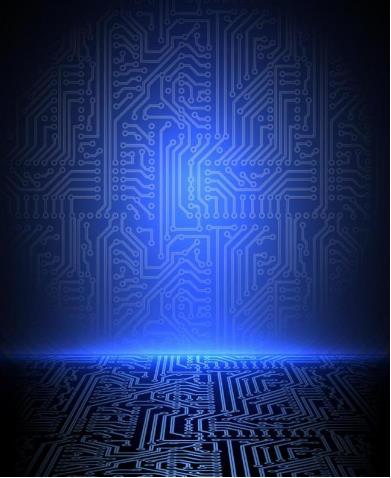1. Conventional solutions:
1. Notice for washing method: PCBA should be tilted when washing the board, do not lay it flat, you can place the paper skin in the washing station to let most of the washing solution flow down;
2. Do not wash the plates too many times with the washing water, and increase the replacement frequency depending on the situation;
3. . Then start from the formula of the plate washer water, and you can ask the supplier to improve the formula to increase the cleaning degree and dissolving volatility.
2. How to completely solve the problem of whitening of the board surface after cleaning the circuit board?
In view of the whitening problem of PCBA circuit boards after cleaning, water-based cleaning agents can be used to deal with the corresponding cleaning equipment, which is safe and environmentally friendly, and meets the current requirements of ROHS, REACH, SONY00259, HF and other environmental protection regulations. The cleaning efficiency is high and the whitening is completely solved. problem.
1. The surface of the circuit board becomes white after cleaning:

In the electronic component manufacturing process, after the PCBA circuit board has been wave soldered, the circuit board surface will appear white after manual cleaning with a cleaning agent.
After the PCBA solder joints are cleaned, the board surface appears white after placement, and the white marks scattered around the solder joints are abnormally prominent, which seriously affects the appearance acceptance.
2. Analysis of the reasons for the whitening of the circuit board after cleaning:
White residue is a common contaminant on PCBA, and is generally a by-product of flux. Common white residues are polymerized rosin, unreacted activator and the reaction product of flux and solder, lead chloride or bromide, etc. These substances expand in volume after absorbing moisture, and some substances also undergo hydration reaction with water. White residues are becoming more and more obvious. These residues are extremely difficult to remove on the PCB. If overheating or high temperature time is long, the problem will be more serious. The infrared spectrum analysis results of the rosin and residues on the PCB surface before and after the soldering process confirm this process. .
Regardless of whether the circuit board has white residue after cleaning, or the white substance appears after the storage of the no-clean circuit board, or the white substance on the solder joints found during rework, there are nothing more than four situations:
1. Rosin in flux: most of the white substances produced after cleaning, storage, and solder joint failure are inherent rosin in the flux. Rosin is usually a transparent, hard and brittle solid substance with no fixed shape, not a crystal. Rosin is thermodynamically unstable and has a tendency to crystallize. After the rosin crystallizes, the colorless transparent body becomes a white powder. If the cleaning is not clean, the white residue may be the crystalline powder formed by the rosin after the solvent volatilizes.
When the PCB is stored under high humidity conditions, when the absorbed moisture reaches a certain level, the rosin will gradually change from the colorless and transparent glass state to the crystalline state, forming a white powder from the viewing angle.
The essence is still rosin, but the shape is different, it still has good insulation, and will not affect the performance of the board. The rosin acid in the rosin and the halide (if used) are used together as an active agent. Artificial resins usually do not react with metal oxides below 100°C, but they react quickly when the temperature is higher than 100°C. They volatilize and decompose quickly, and have low solubility in water.
2. Rosin denatured substance: This is the substance produced by the reaction of rosin and flux during the board welding process. The solubility of this substance is generally very poor and it is not easy to be cleaned. It stays on the board and forms a white residue. However, these white substances are all organic components, which can still ensure the reliability of the board.
3. Organometallic salt: The principle of removing oxides on the soldering surface is that organic acid reacts with metal oxides to form a metal salt that is soluble in liquid rosin. After cooling, it forms a solid solution with rosin and is removed with the rosin during cleaning.
If the welding surface and parts are highly oxidized, the concentration of the products after welding will be high. When the oxidation degree of rosin is too high, it may remain on the board together with undissolved rosin oxide. At this time, the reliability of the board will be reduced.
4. Metal inorganic salts: These may be metal oxides in solder and flux or halogen-containing activators in solder paste, halogen ions in PCB pads, halogen ion residues in the surface coating of components, and halogen-containing materials in FR4 materials. The substances produced by the reaction of halide ions released at high temperatures generally have very little solubility in organic solvents.
In the assembly process, it is very likely that halogen-containing flux is used for electronic accessories (although the supplier provides environmentally friendly fluxes, there are still relatively few halogen-free fluxes), and there are residues on the board after soldering. Halogen ions (F, Cl, Br, l). These ionic halogen residues are not white by themselves, nor are they sufficient to cause whitening of the board surface. This kind of substance produces strong acid when it encounters water or moisture. These strong acids start to react with the oxide layer on the surface of the solder joint to form acid salt, which is the white substance seen.